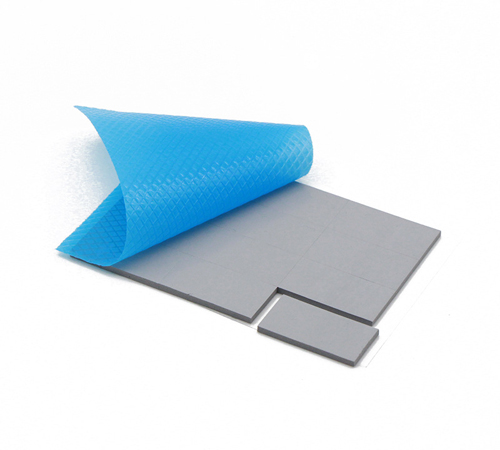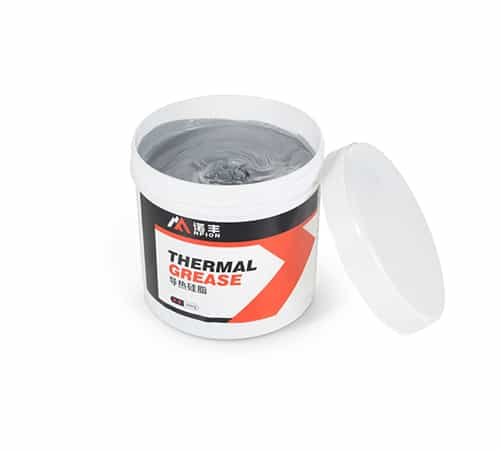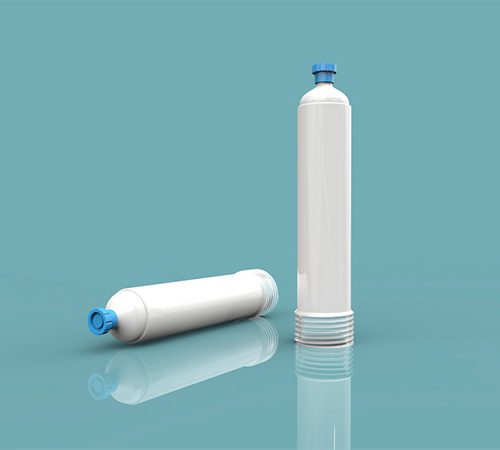In modern industry, with the continuous development of electronic devices, miniaturized machinery, and precision manufacturing technologies, thermal stress has become an increasingly important concept in materials mechanics and engineering design. Understanding and managing thermal stress not only has a profound impact on the long-term stability of products but also significantly increases the service life of materials and the reliability of equipment.
Definition of Thermal Stress
Thermal stress refers to the stress generated within or outside a material due to temperature changes. This stress arises from the heating or cooling process of the material, where different parts experience different rates of heating or cooling, leading to asynchronous expansion or contraction and consequently inducing an internal stress state. When these stresses exceed the strength limit of the material, they can lead to deformation, cracking, or even failure.
The essence of thermal stress is the manifestation of thermal expansion and contraction under constrained conditions. When a material is free to expand or contract without external forces, no stress is generated; however, in practical applications, due to constraints from surrounding structures or other materials, this free expansion/contraction is restricted, thus generating stress.
Mechanisms of Thermal Stress Formation
The formation of thermal stress primarily depends on the thermal expansion coefficient of the material and the temperature gradient. Here are several main mechanisms for the formation of thermal stress:
1. Temperature Gradient: When different parts of an object experience a temperature difference due to heating or cooling, the high-temperature part expands more than the low-temperature part, leading to internal stress formation. If the temperature gradient is significant and the stress exceeds the yield strength of the material, it may cause cracks.
2. Thermal Expansion Coefficient: Different materials have different thermal expansion coefficients. When two or more materials are used together, temperature changes can lead to different expansion rates between the materials, resulting in stress concentration at the interfaces. This type of stress is particularly prone to occur in composite materials or multilayer structures.
3. Thermal Cycling Effects: Repeated heating and cooling processes can cause periodic expansion and contraction. Long-term thermal cycling can lead to material fatigue and even damage without reaching the yield strength. Temperature-sensitive devices, such as electronic components, are particularly susceptible to thermal stress caused by thermal cycling.
Factors Affecting Thermal Stress
The magnitude and distribution of thermal stress are influenced by various factors, with the following being particularly critical:
1. Thermal Expansion Coefficient of the Material: Materials with larger expansion coefficients generate greater thermal stress under the same temperature change. Metallic materials typically have higher expansion coefficients, so designs often need to mitigate thermal stress in industrial applications.
2. Magnitude of Temperature Change: The larger the temperature change, the greater the stress generated within the material. Rapid heating or cooling processes can easily lead to larger temperature gradients, thus producing higher stress.
3. Geometric Shape and Boundary Conditions: The shape, thickness of the material, and its surrounding environmental boundary conditions can all influence the distribution and magnitude of thermal stress. For example, thicker materials are more prone to high thermal stress due to larger temperature differences between the inside and outside.
4. External Constraint Conditions: If a material is in a constrained state, even with a small thermal expansion coefficient or a gradual temperature change, it may still experience stress due to constraints. In practical engineering, structures such as bridges and pipelines often employ fixed supports or expansion joints to accommodate changes in thermal stress.
Calculation Formula for Thermal Stress
The calculation of thermal stress is based on the thermal expansion characteristics of the material and external constraint conditions. For linear elastic materials, thermal stress can typically be calculated using the following formula:
Basic Thermal Stress Formula
σ=E*α*ΔT
Where:
● σ: Thermal stress (units: Pa)
● E: Elastic modulus of the material (units: Pa)
● α: Linear thermal expansion coefficient of the material (units: 1/℃)
● ΔT: Temperature change (units: ℃)
Formula Analysis:
● When a material experiences temperature changes, its volume or dimensions will change. The elastic modulus E describes the stiffness of the material under stress, while the linear thermal expansion coefficient α reflects the material's sensitivity to temperature changes. Together, they allow for the quantitative calculation of the stress generated during temperature variations.
● If the material is heated and constrained from freely expanding, stress will be generated. This formula can be used to estimate the stress under such constrained conditions.
Poisson's Effect in Thermal Stress
The calculation of thermal stress does not always involve unidirectional expansion or contraction. In three-dimensional constrained conditions, thermal stress may be affected by the material's Poisson ratio. The modified formula is as follows:
σ=(E*α*ΔT)/(1−ν)
Where:
● ν: Poisson ratio
Formula Analysis:
● The inclusion of the Poisson ratio ν reflects the actual behavior of the material under multi-axial strain. It adjusts the stress calculation, making the model more representative of the material's actual deformation.
Calculation of Thermal Stress in Composite Materials
For composite materials or structures composed of multiple materials, the calculation of thermal stress is more complex. It is necessary to consider the thermal expansion coefficients, elastic moduli, and geometric configurations of each constituent material. Generally, numerical simulation methods such as finite element analysis (FEA) can provide a more accurate analysis of thermal stress distribution in composite materials.
Engineering Applications and Management of Thermal Stress
Thermal stress plays a crucial role in many engineering fields, particularly in the following areas:
1. Electronic Devices: In semiconductor components, thermal stress is a critical factor that requires special attention. Mismatches in thermal expansion between chips and packaging materials can lead to chip cracking or solder joint failure. Therefore, thermal management solutions (such as the use of thermal conductive materials and heat sinks) have become essential means to control thermal stress.
2. Structural Engineering: In the design of building structures, thermal stress can affect the stability of bridges, buildings, and roads, especially in areas with significant day-night temperature variations or seasonal changes. Design measures such as expansion joints and sliding bearings are often employed to relieve and absorb thermal stress.
3. Aerospace Industry: Aircraft and rockets experience extreme temperature changes during operation, resulting in significant thermal stress. Therefore, material selection and thermal stress analysis are vital in the aerospace industry. The application of advanced composite materials and thermal shielding technologies can significantly reduce the impact of thermal stress on the structure of aircraft.
4. Welding and Manufacturing Processes: In manufacturing processes such as welding, casting, and forging, localized heating and cooling can induce thermal stress, affecting the dimensional stability and mechanical properties of products. Controlling heating rates, cooling rates, and using annealing or other heat treatment processes are effective methods to reduce thermal stress.
How to Reduce and Control Thermal Stress
In practical applications, controlling and reducing thermal stress can be achieved through the following methods:
1. Optimize Material Selection: Choosing materials with similar thermal expansion coefficients can effectively reduce stress concentration at material interfaces. For instance, in composite or multilayer structures, the thermal expansion characteristics of the materials should be matched as closely as possible.
2. Heat Treatment Processes: Methods such as annealing or normalizing can eliminate residual stresses within the material, minimizing the impact of thermal stress on product service life.
3. Temperature Control: Reducing temperature gradients during the design process is a crucial means of controlling thermal stress. Employing uniform heating and cooling processes, or using thermal insulation measures, can effectively minimize temperature differences.
4. Structural Design Improvements: Optimizing structural designs, such as incorporating expansion joints or using sliding bearings, can relieve stress generated due to temperature changes and prevent localized stress concentration.
Conclusion
Thermal stress plays an important role in material design and engineering applications. By understanding the mechanisms of thermal stress formation, influencing factors, and calculation methods, scientific foundations can be established for material selection and structural design, ensuring product stability and reliability. In an increasingly complex engineering environment, effectively managing thermal stress not only helps improve material performance but also extends the service life of equipment.
 CN >
CN >



